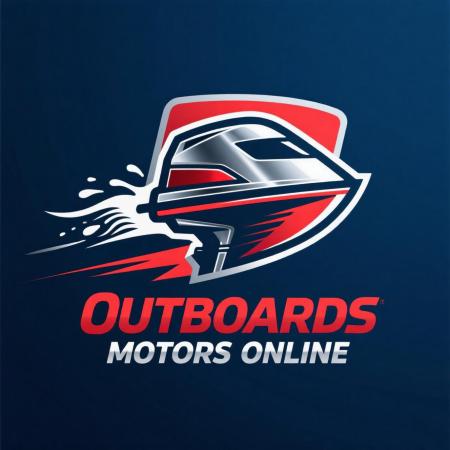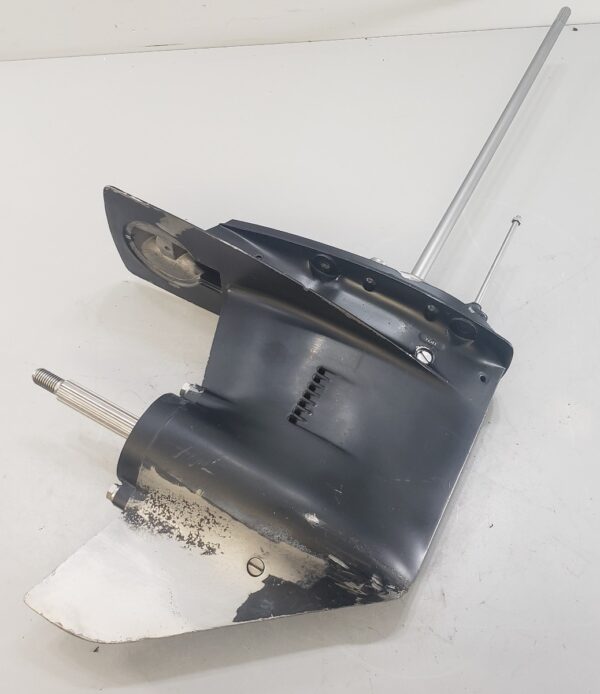How Outboard Lower Unit works
US/CA Regulated Online Outboard Providers
Trusted by 200k+ Customers
Lowest Price Guarantee
Discreet Next Day Delivery
International Delivery: 4 to 7 Days
How Outboard Lower Unit works
What Is an Outboard’s Lower Unit & How It Works
The outboard lower unit is a critical component of your boat’s motor, ensuring smooth operation and effective power transmission. If you’re new to boating, understanding this terminology can be daunting. This guide will clarify what the outboard lower unit is, how it works, how to identify problems, and what causes failures.
Table of Contents
- What Is an Outboard’s Lower Unit (with Diagram)
- How an Outboard Lower Unit Works
- Outboard Lower Unit Maintenance Tips
- Outboard Lower Unit Problems & Signs
- FAQs Concerning Outboard Lower Unit
What Is an Outboard’s Lower Unit (with Diagram)
The outboard lower unit is the bottom section of an outboard motor. Its primary function is to convert the engine’s power into rotational motion to drive the propeller. Without a functioning lower unit, your boat cannot move.
Components of an Outboard Lower Unit
Typically, an outboard lower unit includes:
- Driveshaft: Transmits power from the engine to the gearcase.
- Water Pump: Circulates water to cool the engine and lubricate the lower unit.
- Propeller: Converts rotational power into thrust.
- Shift Shaft: Allows the operator to engage different gears (forward, neutral, reverse).
- Gearcase: Contains the gears that facilitate power transfer.
- Skeg: Stabilizes the boat and protects the propeller from underwater obstacles.
- Anode: Protects against corrosion, especially in saltwater applications.
Here’s a diagram illustrating the different parts of an outboard lower unit:
How an Outboard Lower Unit Works
The outboard lower unit functions similarly to a gearbox, responsible for transmitting power from the engine to the propeller. Here’s how each component works together:
- Driveshaft: Transmits power from the powerhead to the gearcase while also assisting in engine cooling through its connection to the water pump.
- Water Pump: Driven by the driveshaft, it circulates water to cool the engine and lubricate the lower unit.
- Shift Shaft: Engages different gears (forward, neutral, reverse) to control the boat’s speed and direction. For instance, turning the shift shaft counterclockwise engages forward gear.
- Gearcase: Contains various gears (pinion gear, dog clutch, forward gear, reverse gear) that convert vertical rotational power from the engine into horizontal rotational power to turn the propeller.
- Skeg: Stabilizes the boat’s movement and protects the propeller from underwater obstacles.
Electric Outboard Lower Unit
Electric outboard motors function differently, typically featuring just an electric motor on the lower unit. The motor converts electrical energy into mechanical energy to drive the propeller, resulting in fewer components and less maintenance.
Outboard Lower Unit Maintenance Tips
Maintaining the outboard lower unit is crucial for its longevity and performance. Here are some essential maintenance tips:
1. Service Your Outboard Regularly
Follow the manufacturer’s maintenance guidelines, including changing the gear oil every 100 hours or at least once a year.
2. Check for Signs of Wear & Damage
Regularly inspect the lower unit for leaks, cracks, or signs of damage.
3. Flush Your Outboard After Every Use
Rinse the lower unit with fresh water after each use to remove salt, sand, or debris that could cause corrosion.
4. Use the Correct Oil
Always use the recommended type of oil for your outboard to prevent excessive smoke, vibration, or power loss.
5. Inspect & Replace Anodes Regularly
For those using outboards in corrosive environments, check anodes regularly and replace them when they are corroded to 50% of their original size.
6. Grease Moving Parts
Regularly greasing moving parts reduces friction and wear, preventing vibrations and potential failures.
Outboard Lower Unit Problems & Signs
Recognizing signs of a failing lower unit is essential for timely repairs. Here are common issues and their symptoms:
Signal #1: Discoloration of Gear Lube
Foamy, cloudy fluid, metallic particles, or milky liquid on the dipstick indicate water intrusion, likely due to a faulty seal.
Signal #2: Strange Noises
Whining or grinding noises may suggest a worn water pump impeller or other internal damage.
Signal #3: Leaking Gear Oil or Other Fluids
Oil slicks in the water or wet spots near the lower unit indicate leaking seals or gaskets.
Signal #4: Bent or Damaged Propeller
A bent propeller can result from wear and tear or impacts with underwater obstacles.
Signal #5: Reduced Power or Performance
If your motor lacks power or locks up, there may be issues with the lower unit components.
FAQs Concerning Outboard Lower Unit
1. How much does it cost to replace a lower unit on a boat?
Replacement costs vary by model and brand. A used lower unit typically ranges from $800 to $1,000, while a new one can cost around $1,100 or more.
2. How to change lower unit oil?
Changing the oil is recommended every 100 hours or at least annually. Refer to specific guides or videos for step-by-step instructions.
3. What causes a lower unit to fail?
Common causes of lower unit failure include hitting underwater obstacles, running aground, and inadequate maintenance.
Understanding the outboard lower unit is essential for any boat owner. Regular maintenance and prompt attention to problems will help ensure your outboard motor operates smoothly for years to come. If you have further questions or need assistance, consult a local marine expert. Happy boating!



Reviews
There are no reviews yet.